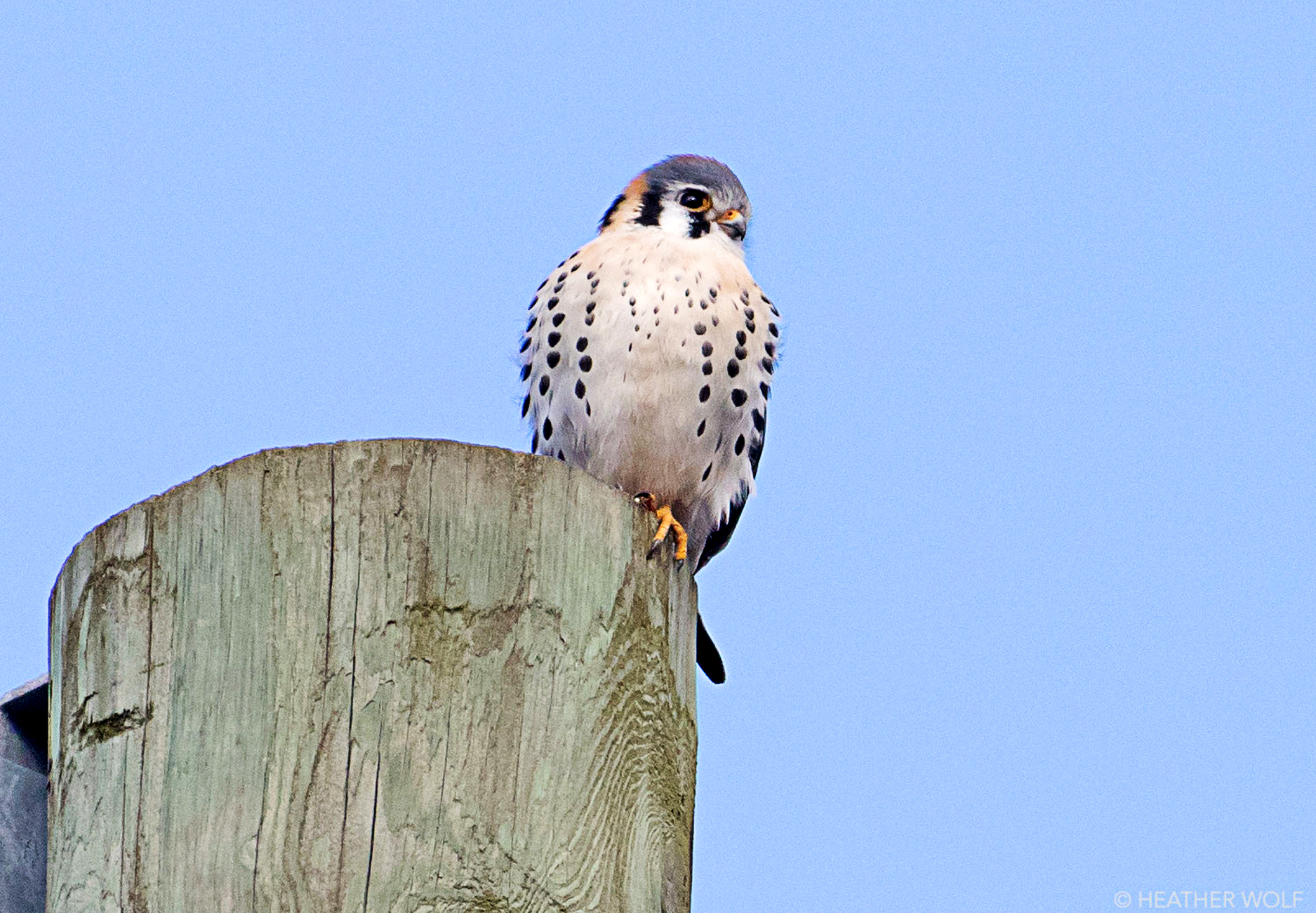Brooklyn Bird Watch: January 19
American Kestrel. Scientific Name: Falco sparverius.

Today, Brooklyn Bird Watch features a Heather Wolf photo of the male American Kestrel, North America’s smallest falcon, as photographed in Brooklyn Bridge Park.
This raptor is about the size of a Mourning Dove and is as colorful as it is fierce. Although it is definitely of the falcon family of predators, nevertheless, the American Kestrel is also known as the “sparrow hawk”.
The male’s slate-blue head and wings contrast elegantly with his rusty-red back and tail, and black raindrop shaped spots on its white or light brown chest feathers; the female has the same warm reddish colorings on her wings, back, and tail, yet does not have the prominent slate-blue color as the male.

Brooklyn Boro
View MoreNew York City’s most populous borough, Brooklyn, is home to nearly 2.6 million residents. If Brooklyn were an independent city it would be the fourth largest city in the United States. While Brooklyn has become the epitome of ‘cool and hip’ in recent years, for those that were born here, raised families here and improved communities over the years, Brooklyn has never been ‘uncool’.